Interview
Design
How does architecture interact with mobility in our cities?
-
Madeleine Masse
Founder & President of Atelier Soil
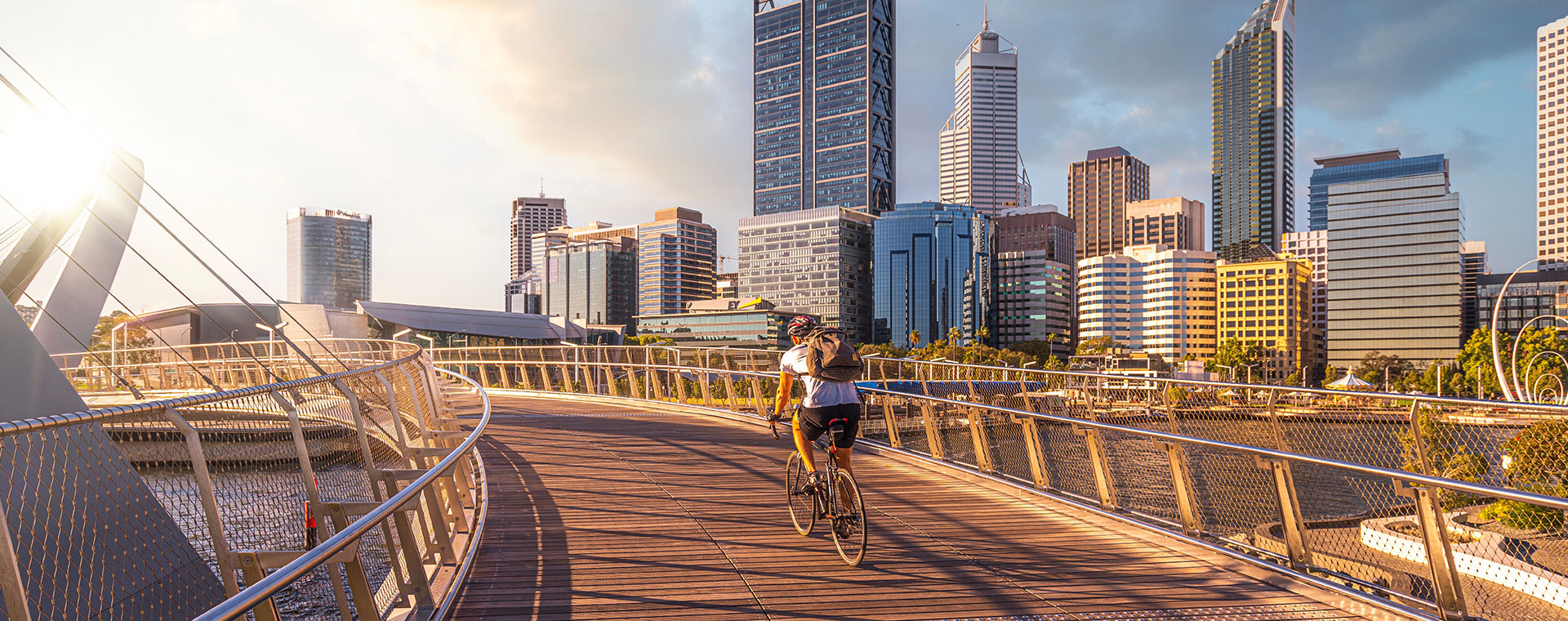
In this video, Madeleine Masse, Founder and President of Atelier Soil, explains the relationship between architecture and mobility.
How do our cities weave a relationship between architecture and mobility?
Architecture and mobility are linked, especially when it comes to designing public spaces. As an architect and urban planner, I've done a lot of work on spaces around stations and intermodal spaces. The design of mobility spaces is often overlooked. It's not just a landscape project or a material or spatial project. We really need to integrate all these notions of intermodality, connection and transfer to another mode. For me, these issues are totally embedded in the design of public spaces or outdoor spaces.
How can urban design make public transport a priority for the city of tomorrow?
It's not complicated, but you have to make choices. Sometimes, it takes courage, and you have to choose to give priority to certain modes. You have to choose to give space back to pedestrians and public transport. It's true that cars have taken up a lot of space in cities over the last few decades, but we do have space, even if it's limited: it's our heritage, and we have to deal with it. It's precisely the role of architects to come and try to find priorities and subterfuges so that all modes of transport can be accommodated in urban space.
-
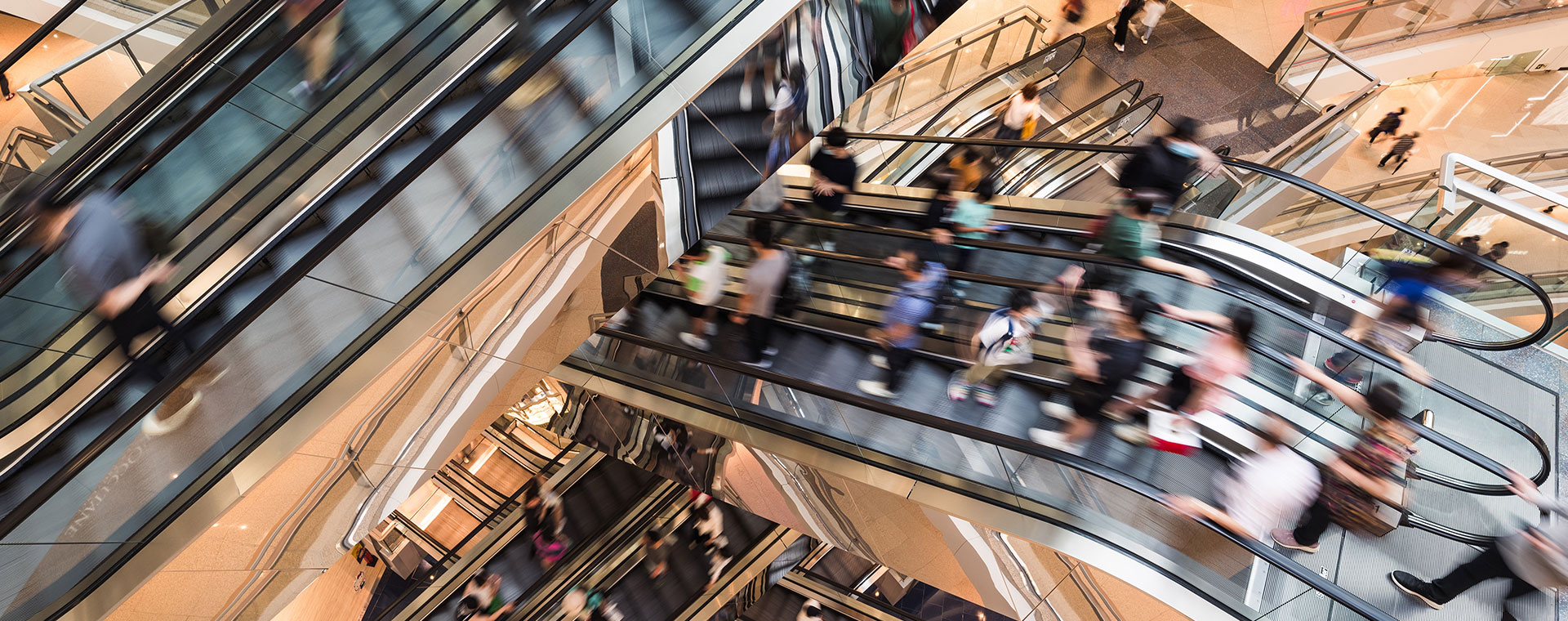 Edito
Common Good
Edito
Common Good
Is public transportation a common good?
Passalacqua Arnaud, Professor at the Paris School of Urban Planning
Public transportation is a common good: this is a commonly accepted fact, even if its meaning isn’t explored in depth. The question of commonality raises a number of tensions between the public transport’s organization and its financing methods, which are little known to users. -
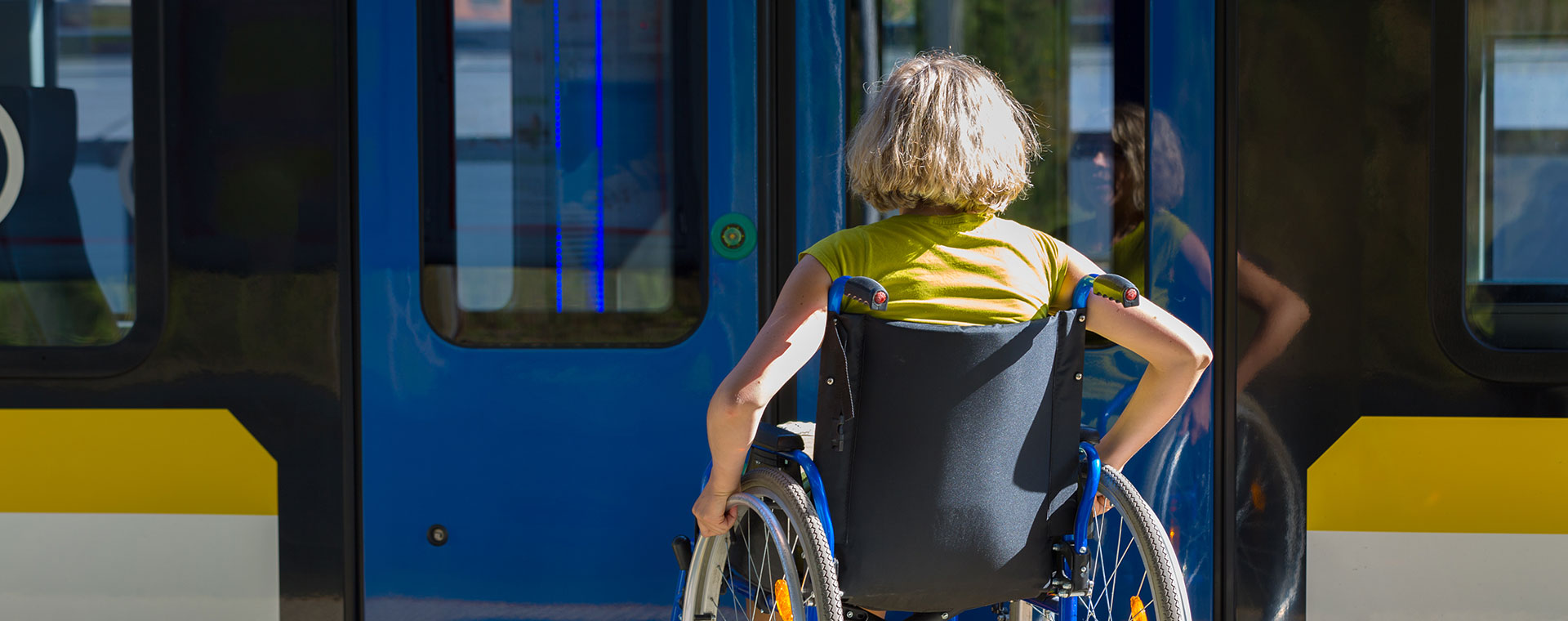 Insights
Desirability
Insights
Desirability
How can we make local transport more attractive?
Thomas Côte, CEO and Founder of WEVER
In my opinion, the concept of attractability implies placing the individual back at the center of the conceptual process when considering, building and adapting mobility solutions. -
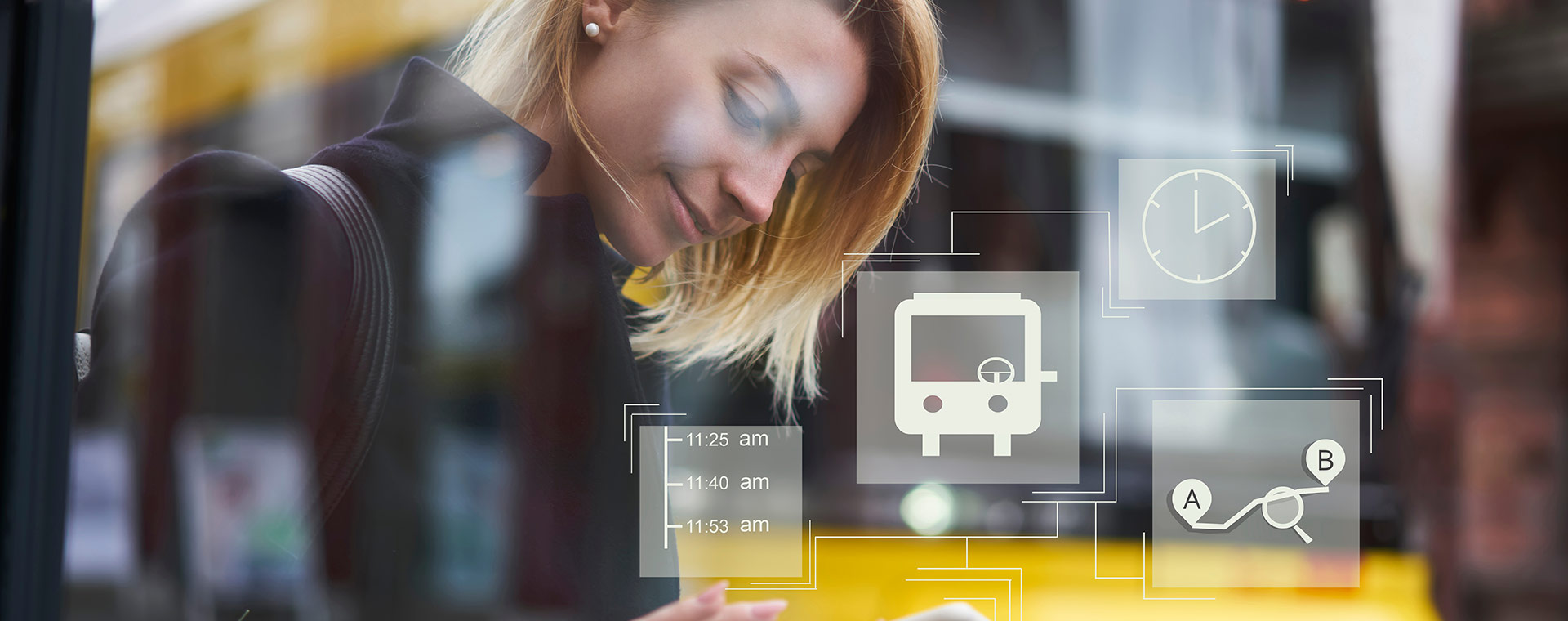 Insights
Desirability
Insights
Desirability
How can we make local transport more attractive?
Karen Vancluysen, General secretary of the Polis network
Transport challenges have become increasingly urgent, encompassing concerns about pollution, noise, air quality, and the looming threat of climate change. -
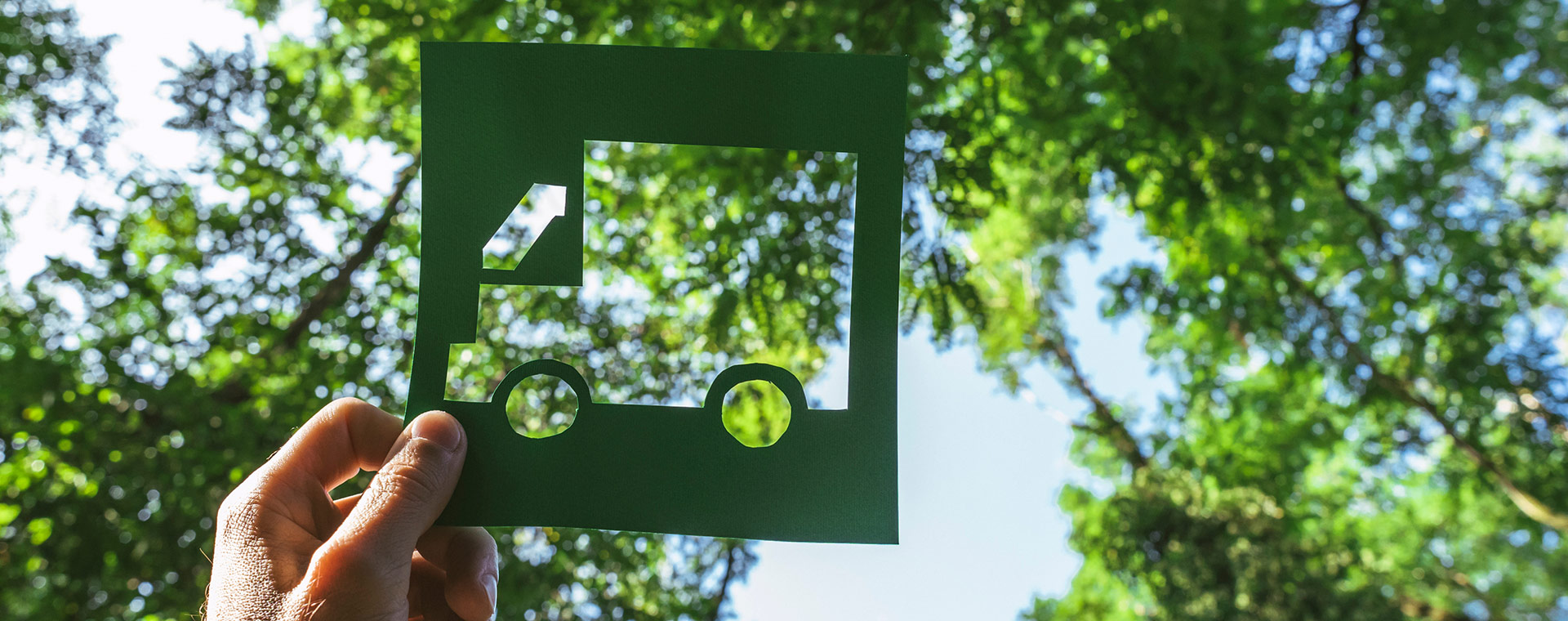 Interview
Pollution
Interview
Pollution
Can mobility be pollution-free?
Weyland Aymeric, Consultant Urban Mobility
-
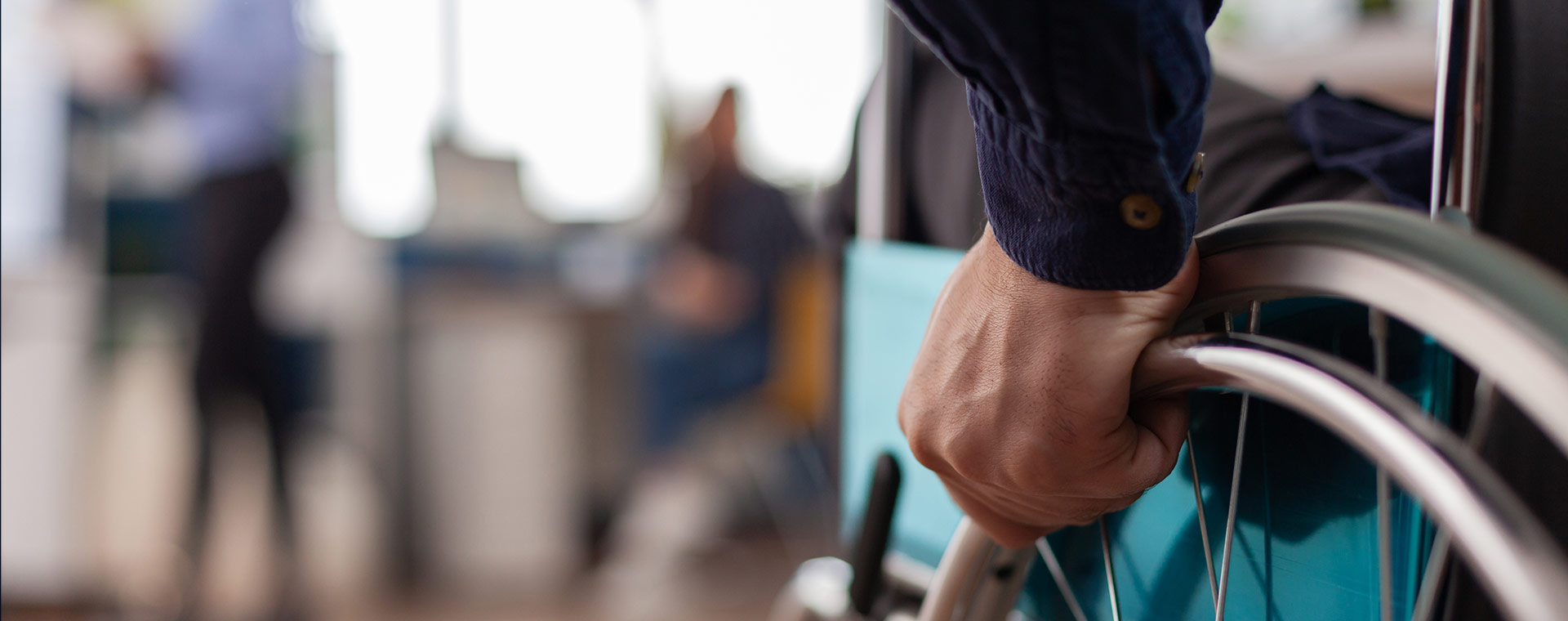 Edito
Welcoming mobility
Edito
Welcoming mobility
How can we foster a welcoming transport system for a city’s inhabitants?
Blache Chris, Urban anthropologist and co-founder of the "GENDER AND THE CITY" (GENRE ET VILLE) platform for reflection and action
Any approach to safe mobility in the future mus put people first. To create a warm and welcoming atmosphere on public transportation, we need to view our fellow riders as valuable allies, rather than potential enemies.


